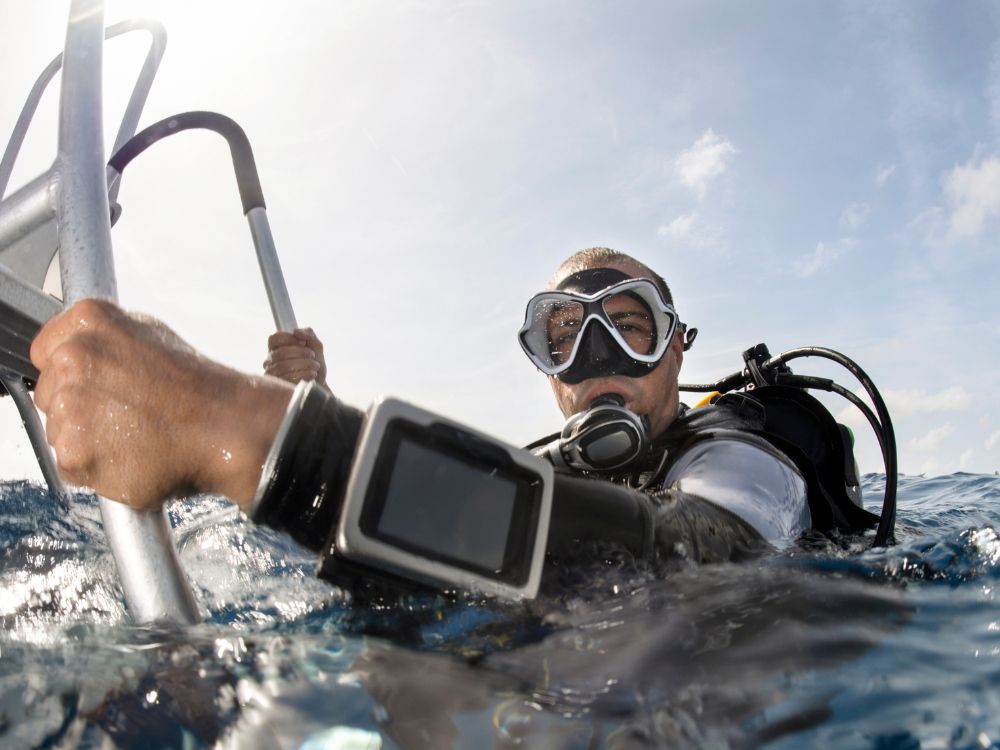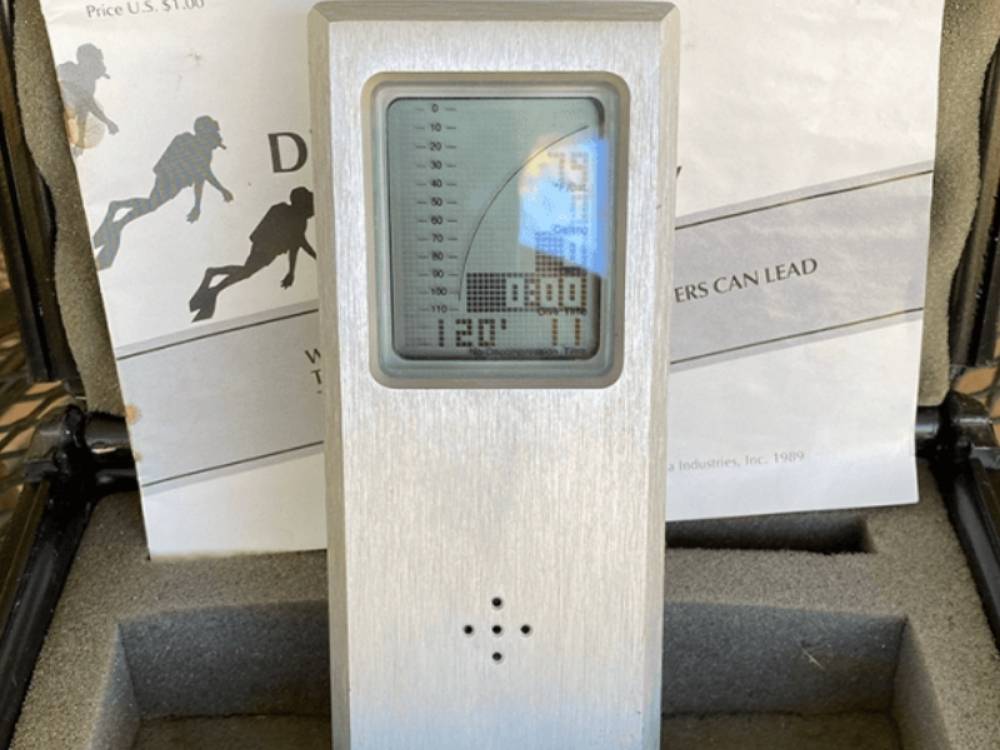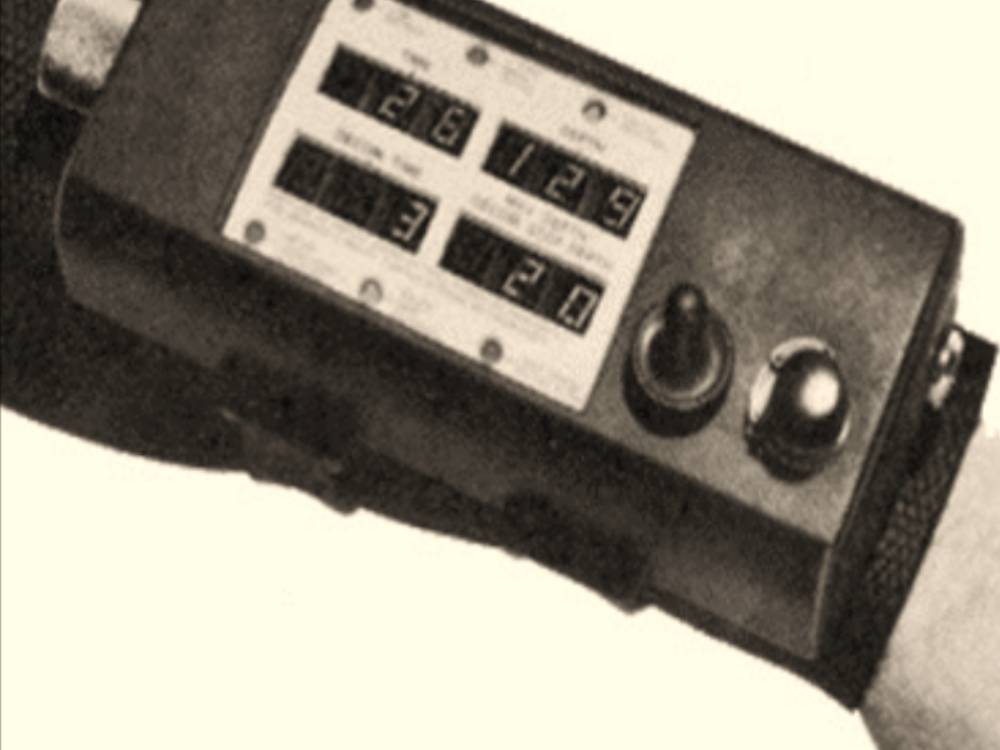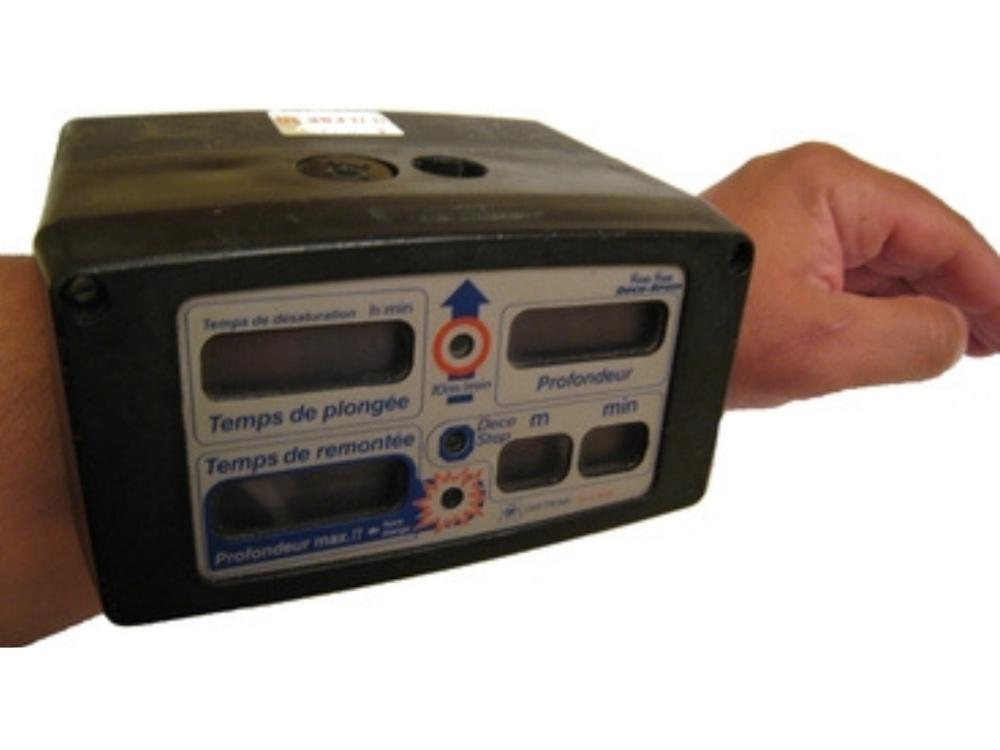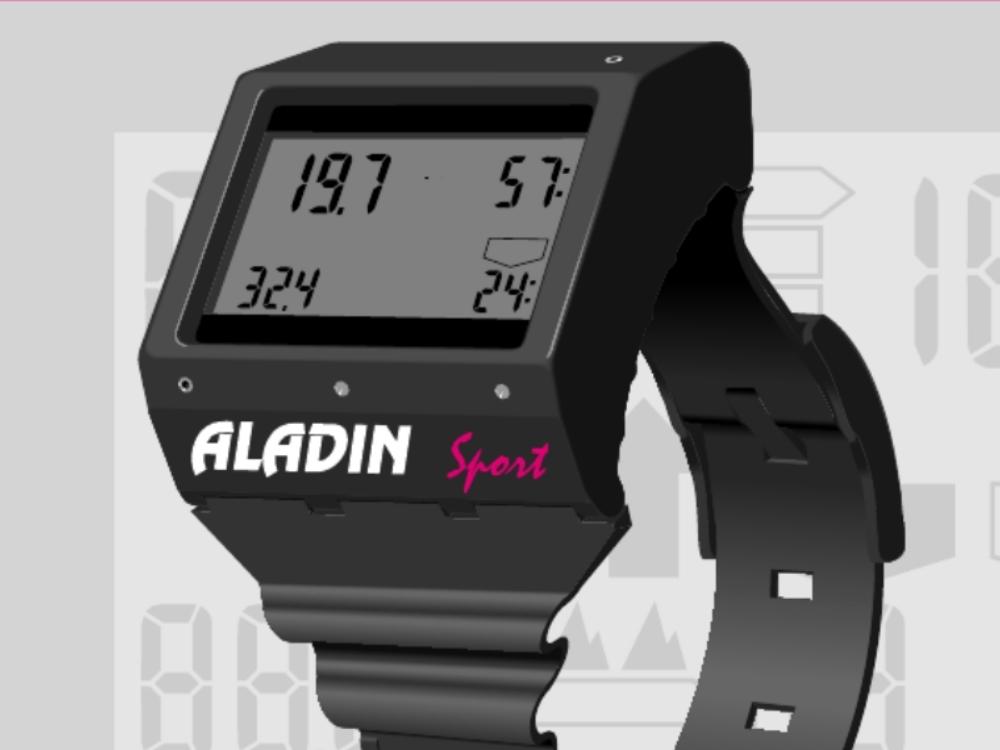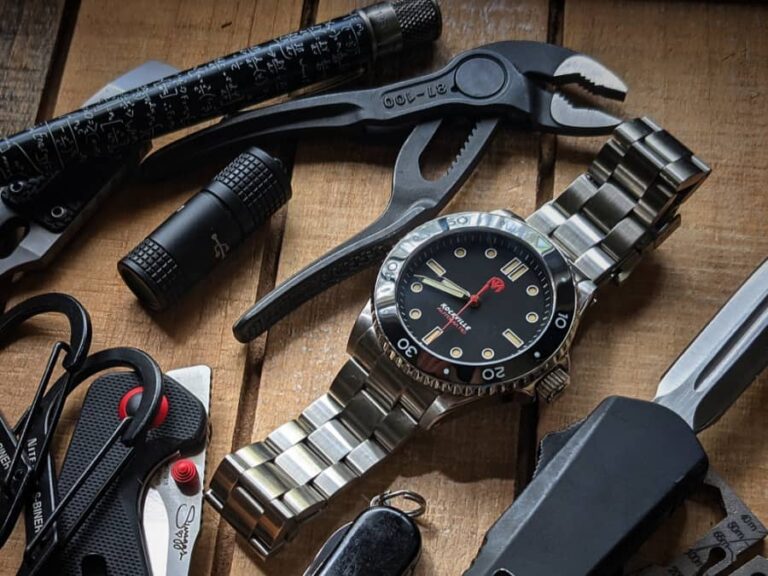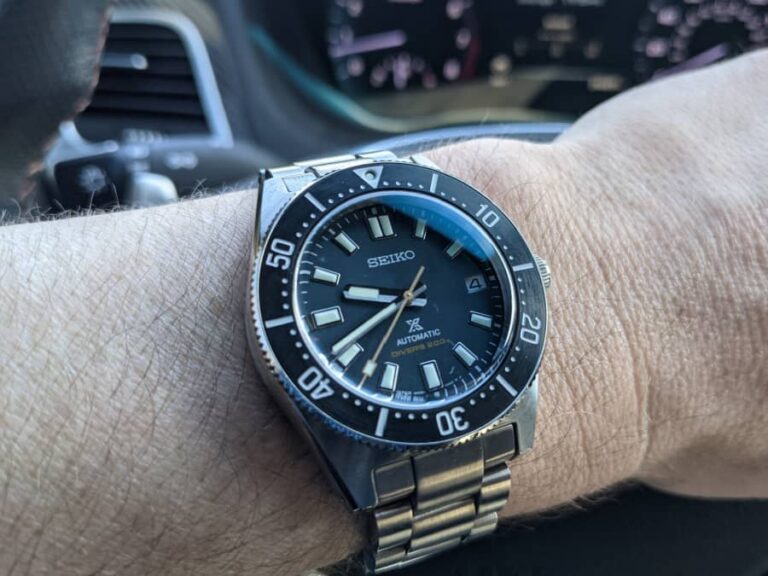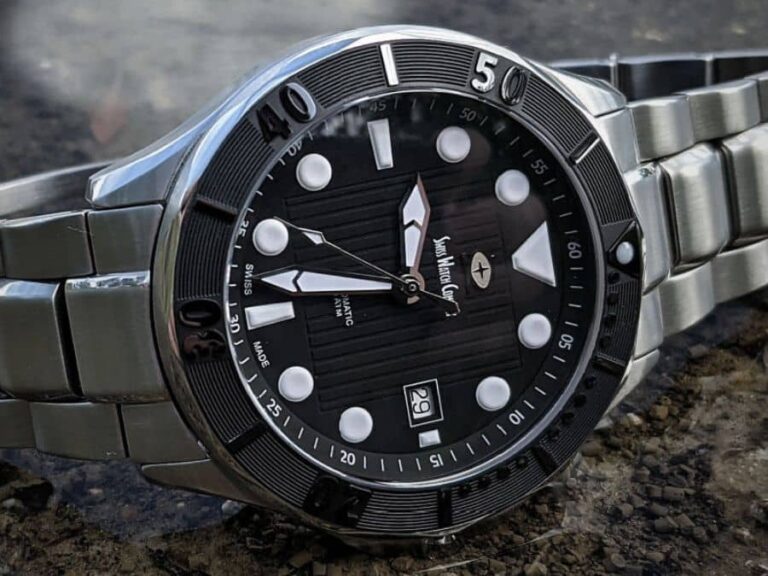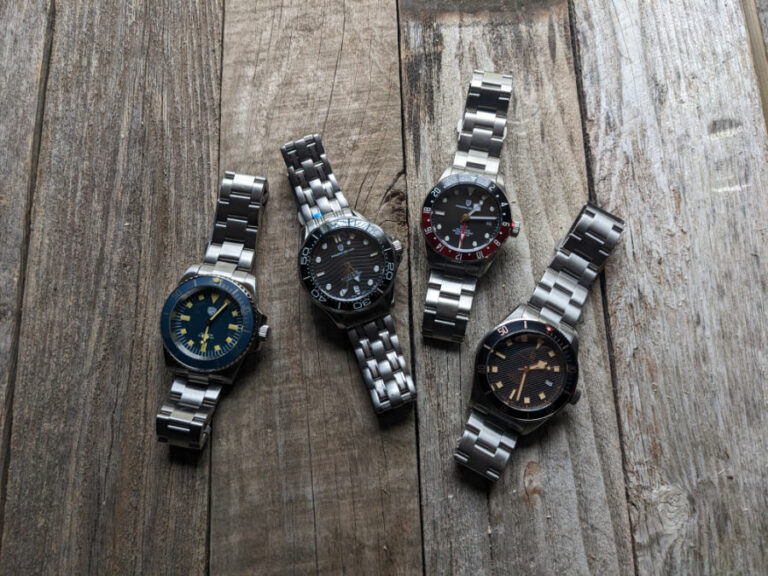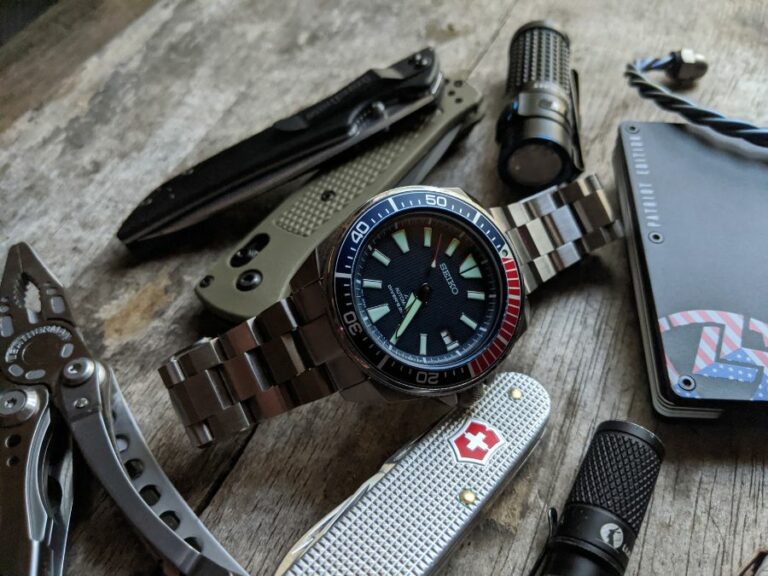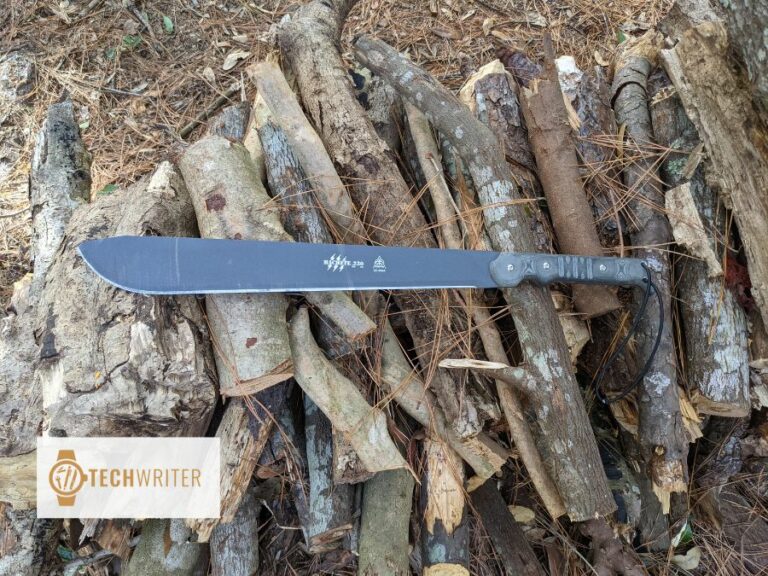What You Need To Know About Dive Computers
When you think of scuba diving, you might picture a sleek, high-tech, ocean exploration craft or even Jacques Cousteau in his blue helmet. But there’s something that most people don’t know about scuba diving: it’s actually quite low-tech. Some scuba divers use dive computers to track their dives but others don’t use them to their full capacity. So what are these mysterious little handheld computers? And why do they matter when it comes to safe and fun dives? Here’s everything you need to know about dive computers.
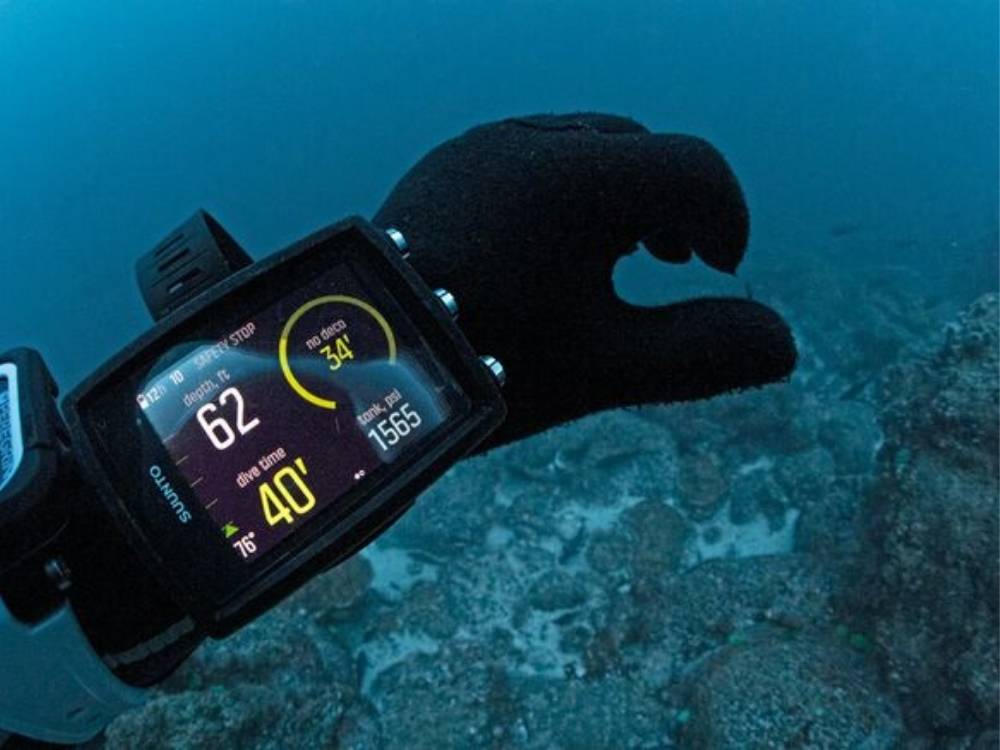
Dive Computers: Do Scuba Divers Use Them?
While dive computers have been around for decades, there are still a lot of people who wonder, do scuba divers use dive computers? The answer to this question is yes. These devices are an essential piece of equipment for any scuba diver, and they help ensure you stay safe and healthy during your dives.
The purpose of these devices is to help divers understand their surroundings and make sure they stay safe while underwater. They provide real-time information about water temperature, depth, current direction (and speed), the amount of oxygen consumed during a dive, and the remaining reserves in each tank.
Having a dive computer on every dive is essential because they provide critical safety features that can be accessed in an emergency. Some include an indicator light that will illuminate when you are running low on air so you can make it back to land quickly before anything goes wrong. Others provide audible warnings if something is going wrong with your equipment or surroundings.
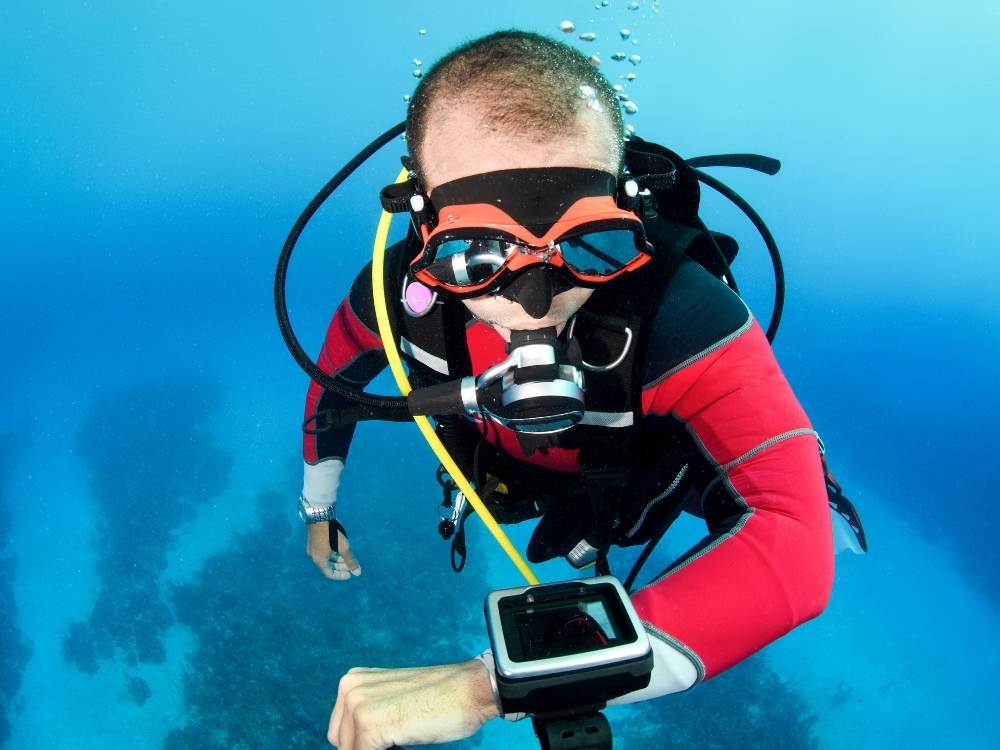
How Did Scuba Divers Track Underwater Time in the Past?
Before dive computers, divers used dive tables and depth gauges to keep track of their time underwater. Dive tables are based on depth, time, and decompression status. Dive tables tell you how long (in minutes) you can stay at a given depth before having to make a decompression stop. The first thing a diver does when going out for a dive is look over the table corresponding with their planned dive site’s maximum depth and see what kind of time limit they should adhere to to ensure safety during the trip back up from underwater.
A depth gauge; it’s just an analog device that measures your distance from the surface in feet or meters, depending on which unit you prefer using (meters are most common). For example, suppose there were no other devices around. In that case, one could simply use this tool with their knowledge of how much gas they still had left after descending into the water far away from shore without worrying too much about having enough air left until surfacing again safely afterward.
The History of Dive Computers
In 1951, the U.S. Navy explored improving scuba diving equipment at a secret meeting held at the Californian Scripps Institution of Oceanography. The Navy’s primary objective was to monitor nitrogen loading, or how much nitrogen is absorbed into the body through breathing compressed air underwater. In a study on decompression devices, published two years later, Cmdr. J. H. Groves and Dr. John Monk described how to calculate decompression during dives and how to ascend more quickly without running the risk of getting “the bends.”
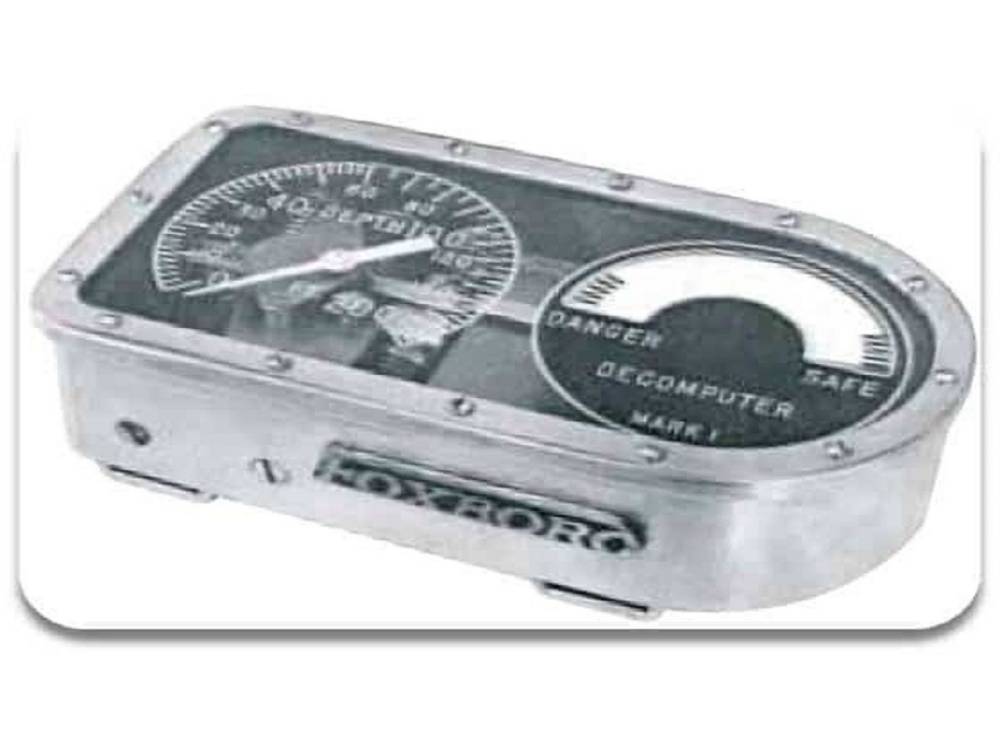
In 1955, Foxboro Company released the first dive computer, the Decomputer Mark I (pictured above). It was an analog computer that used a needle on a display board that turned red if a diver ascended too quickly—but it was not very accurate because it did not consider factors like different tissue types or varying water temperatures.
In 1962, a team of scientists at the Defense and Civil Institute for Environmental Medicine (DCIEM) created a wearable dive computer called MARK V S that could compute decompression pauses based on depth and bottom duration.
The U.S. Navy cautioned against using it for recreational diving due to incorrect deep and repetitive dive calculations.
The Orca Edge diving computer debuted in 1983, the first commercially viable dive computer. It resembled an iPod Nano in design. The model used U.S. Navy diving tables, but no decompression plan was generated.
In 1982, the XDC-3 was introduced. The first actual dive computer had all the necessary functionality and could store 10 hours of dive information. Seven hundred units sold that year, but at an average price tag of $1,000, it wasn’t exactly within reach for most divers.
A year later, in 1983, Dacor introduced a DDC computer that could display depth, maximum depth, dive time, surface time, and saturation level. It also included a warning system for fast ascents. This was Europe’s first successful dive computer.
The Decobrain was Europe’s first modern recreational diving computer, released in 1984. It included computed ascent times and a warning system for fast ascents.
This model was also very successful and heralded Suunto’s entry into dive gear manufacturing in 1986 with the SME-ML computer model, which had all the necessary functionality and could store 10 hours of dives.
The Beginnings of Modern Dive Computers
The first best-standard personal dive computer was the Aladin Sport, which was released in 1987. The Aladin Sport allowed divers to make real-time calculations of depth and pressure while underwater, making it an ideal choice for those who didn’t want to use traditional dive tables or logbooks anymore.
This Digital Dive Computer (DDC) was the first diving computer to enable underwater real-time pressure and depth data. This allowed you to see exactly how much time was left before your air ran out or, in an emergency, what depth you were at (like getting tangled up in a fishing line).
The Digital Dive Computer marked a significant advancement in diving technology and set the path for creating other dive computers. Soon, recreational divers began to use these potent tools during their dives, making it more straightforward for them to stay below for extended periods without having to worry about experiencing decompression sickness.
A more recent development is the transition from analog divers to the new digital ones. The technology has improved so quickly that it may soon completely replace conventional dive tables.
You may use the many helpful features on the digital dive computers to get the most out of your diving experience.
The benefits that DDCs provide include:
- Most of them will contain an altimeter, which allows divers to pre-set the depth they intend to dive at and alerts them if they exceed this limit while diving.
- Lower diving cost since no additional gear, including depth gauges or timers, are required. They can compute decompression periods using data from prior dives that they have stored. These characteristics make them perfect for leisure divers who do not want to spend money on expensive equipment or schedule each dive in advance.
- DDCs give divers access to real-time data on their current depth and remaining oxygen supply, which is their principal advantage. This makes it possible for individuals to be more conscious of their surroundings, which may result in safer diving techniques.
- DDCs can measure the time divers descend to specific depths, allowing divers to plan their dives more effectively. Due to these advantages, DDCs are now the method of choice for recreational divers.
Many computers in the digital age are now more compact and smaller. There is no exception to this for dive computers. You can easily select one that meets your needs because they come in various sizes and shapes. Some models even come with built-in depth meters, saving you from buying a separate piece of gear.

Are Dive Computers Worth the Money?
A dive watch will come in handy if you are a scuba diver. It not only allows you to keep track of your time underwater, but it also does so elegantly. Many divers wear their dive watches even when not diving since they look cool!
If you are not a diver but want to buy one for yourself or you’re someone who enjoys water activities like snorkeling and swimming, there is no need to worry; dive watches can be purchased by anybody with an eye for style.
That’s correct. You can buy a dive watch even if you’re not a diver. The value of owning a diving watch has long been disputed among fans and specialists alike, with opinions ranging from one extreme to the other. While some may think it weird that a non-diver would want to wear such a complex timepiece, others may believe its added features are well worth the price.
Diving computers are a great alternative to consider if you’re a diver looking for a new timepiece. They are often more expensive than standard wristwatches, but the additional functionality makes them well worth the extra cost.
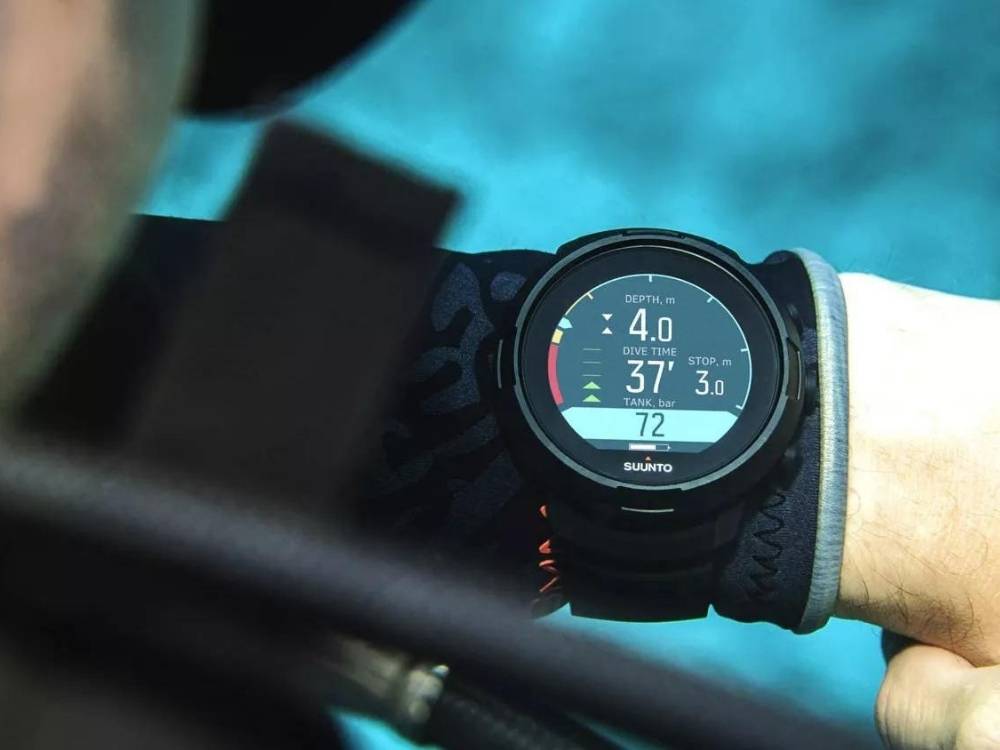
What’s Next for Scuba Diving Computers?
As you can see, scuba diving computers are undergoing a period of rapid development. Since their early days as basic depth finders, these machines have seen significant growth. They’ve come a long way from simply letting you know how deep you are.
They can monitor your dive duration and depth, notify you when your oxygen supply is low, and provide data about your immediate surroundings.
Not only that! You can now swim without removing your wrist computer, as newer models are starting to include smartwatch-like functionality like notifications and fitness monitoring directly into the gadget.
Next Steps? We can’t wait to see what comes next in this quickly evolving industry, and I think it’s safe to say that divers worldwide will welcome the improvements.

Erin Channing is a budding writer, soon to be wife and all around fun seeker! No cats, no dogs, just a few fish and a pet parakeet named Jelly. You can find Erika’s reviews and stories on several websites sites including Hardwork Theory, Medium, Little Miss Spider and more. New to camping and backpacking, she brings a fresh perspective to everything outdoors.

